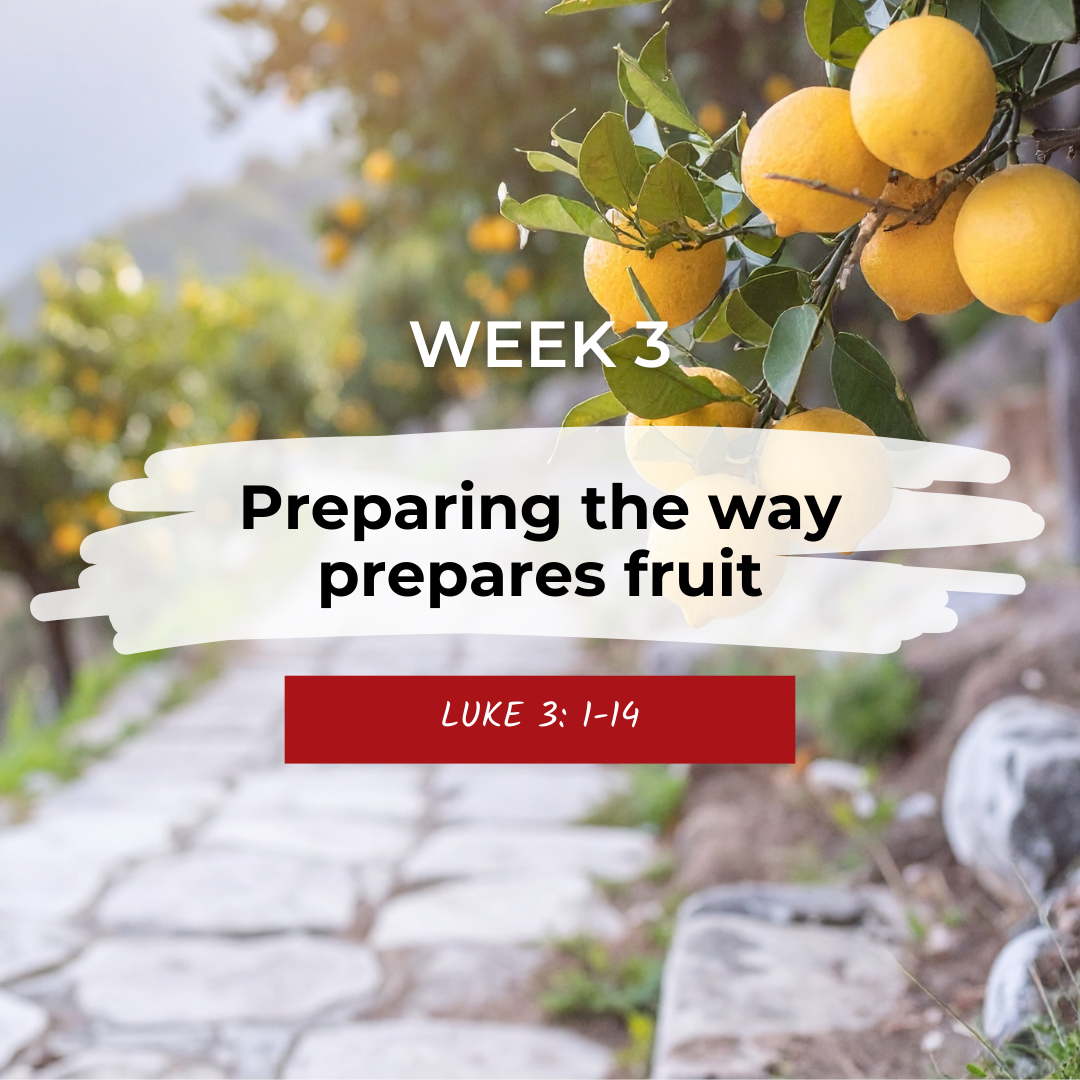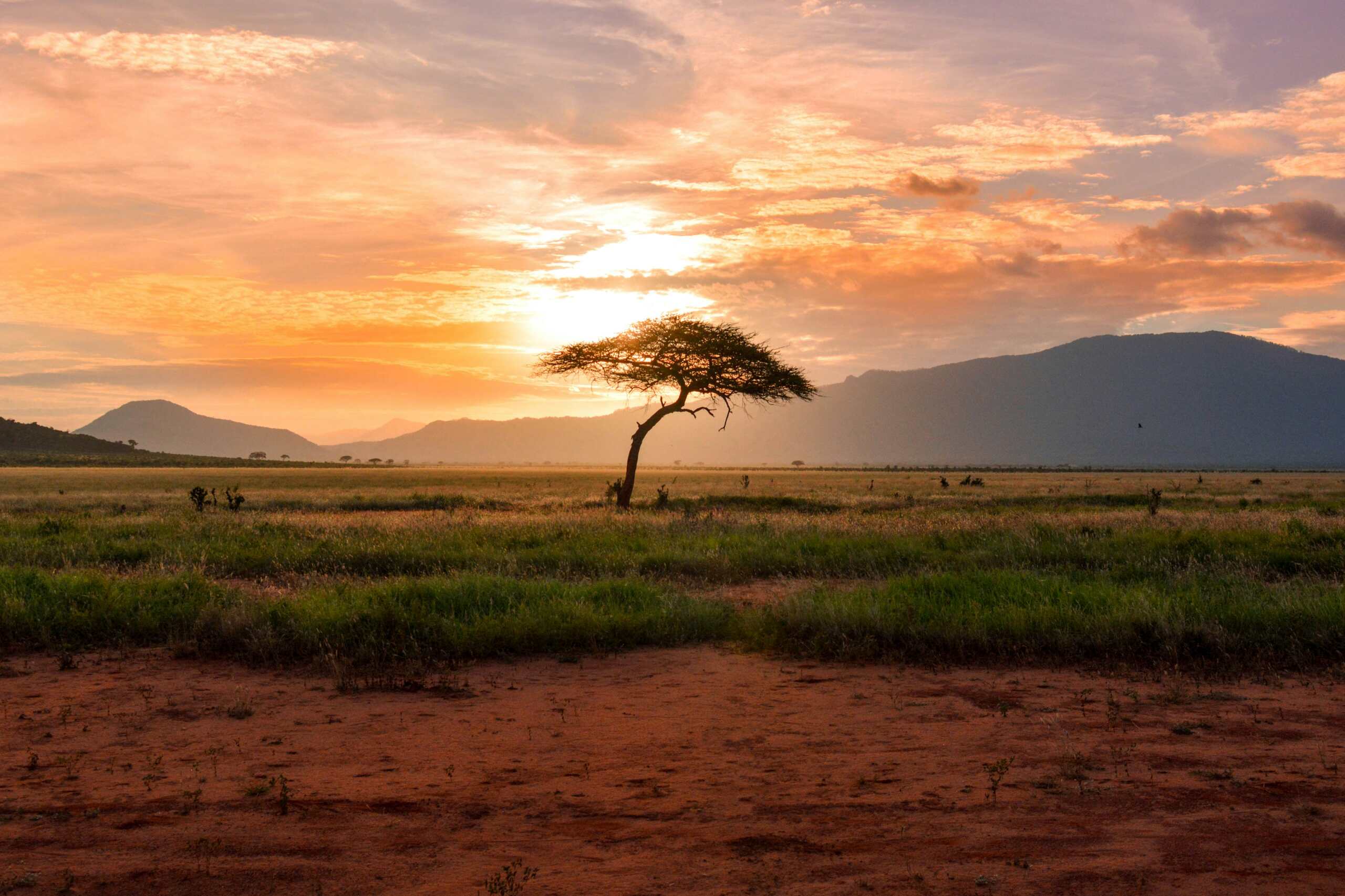Indonesia devastated by tropical cyclone Seroja
Stories | February 16, 2022
It is a devastating reality that Indonesia experiences more disaster events than almost any other country. On average, the world’s largest island country has been hit with an average of one disaster event a month since 2004, when the Indian Ocean earthquake and tsunami claimed more than 200,000 lives.
In the first three weeks of 2021 alone, a staggering 185 disaster events including earthquakes, floods, landslides and volcanic eruptions took innocent lives and caused significant damage.
In April 2021, Indonesia had to deal with the immediate aftermath of one of the most powerful cyclones to ever hit the country.
Tropical Cyclone Seroja formed on April 3 and brought historic levels of flooding and landslides to parts of southern Indonesia and neighbouring East Timor.
Indonesia’s disaster agency, the National Agency for Disaster Countermeasure, estimated that at least 224 were killed by the storm and that at least 100 people (the majority from Indonesia) were missing. More than 20,000 people were displaced with some sheltering in evacuation centres.
Media outlets reported that some victims were buried in mudslides or solidified lava from a previous volcanic eruption, and that others were swept away by flash floods.
Efforts to rescue survivors were hampered by fallen trees blocking roads, the collapse of multiple bridges and a magnitude 6.0 earthquake which struck Indonesia’s main island of Java only days after Tropical Cyclone Seroja.
In addition to the tragic loss of human life, Tropical Cyclone Seroja has also caused an estimated $130 million of damage. This included thousands of homes being damaged or destroyed as well as damage to critical infrastructure and to the office building of the governor of East Nusa Tenggara.
In the immediate aftermath of the storm, only 82 per cent of damaged power infrastructure was able to be repaired in residential areas, leaving many people without the ability to contact loved ones.
The storm was so severe it made landfall on the Western Australian coastal town of Kalbarri, almost 600 kilometres north of Perth, where it damaged and destroyed homes and businesses, resulting in more than 25,000 power outages and the tragic death of one person.
The impact of Tropical Cyclone Seroja was even more deeply felt due to the COVID-19 pandemic. By April, 2021, Indonesia had recorded more than 1.5 million COVID-19 cases and there were concerns about the risk of transmission in crowded evacuation centres.
CBM was on the ground in Indonesia, working with local partners and disabled person’s organisations to provide life-saving essentials to people and communities impacted by Tropical Cyclone Seroja.
This included essential food and access to clean water and sanitation, as well as vital health equipment to prevent the spread of COVID-19 such as masks, hand sanitiser and personal protective equipment (PPE).
CBM also worked to provide access to medical services and refugee tents, and ensured that disaster responses were inclusive and accessible to people with disabilities.
Can you help us make a difference to those who had their lives devastated by Tropical Cyclone Seroja, and ensure people with disabilities are not left behind in the disaster response? Donate to CBM today.
https://www.cbm.org.au/stories/indonesia-devastated-by-tropical-cyclone-seroja
Related Stories

Advent 2025: Jesus’ way leads to fullness
The way of Jesus gives people freedom and empowers them to live out their God-given purpose. The last few weeks...

Advent 2025: Preparing the way produces fruit
John the Baptist called people to prepare for God’s presence through repentance and by producing fruit (acts of justice,...

From sports to advocacy – the journey of the Isiolo Umbrella Disability Group
The Promoting Inclusive Delivery of Eye Care (PRIDE) Project is a...
